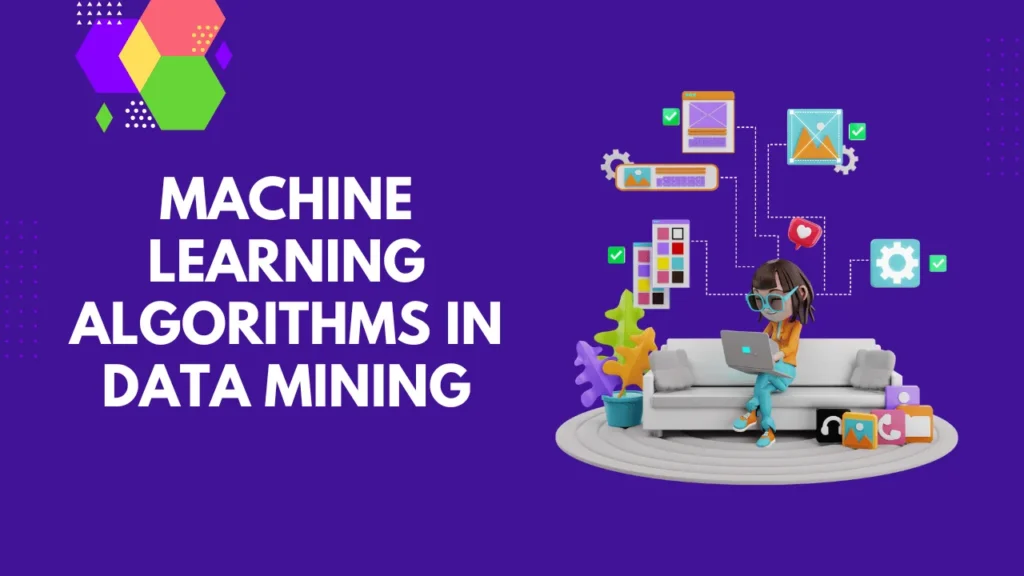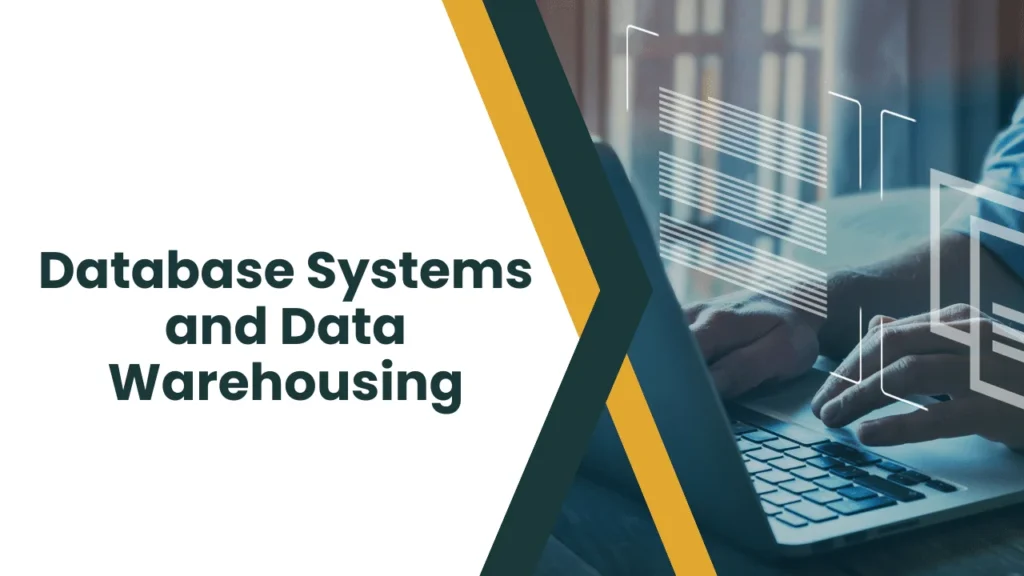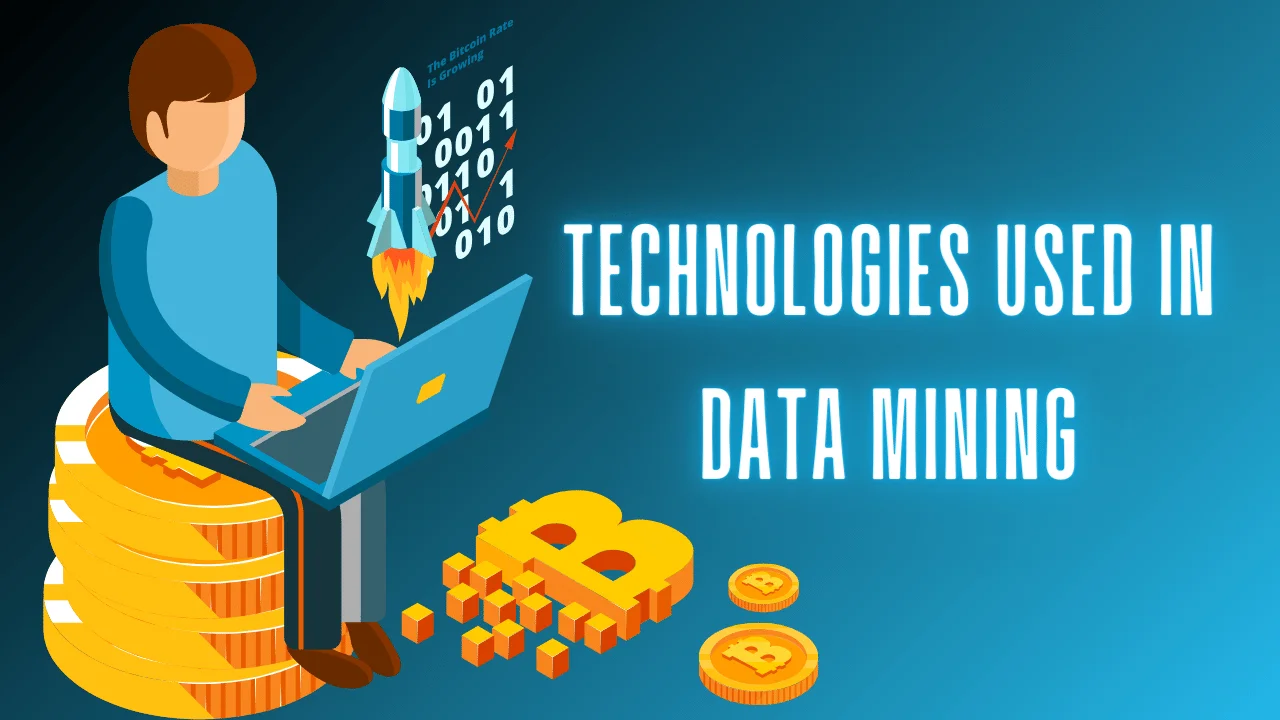Data mining is a multi-technology process that improves decision-making in many different industries by discovering patterns and insights in massive datasets. Predictive analytics and strategic planning can greatly benefit from this field’s integration of machine learning, statistics, and database management techniques, which process and analyse large volumes of data. Technologies used in data mining include machine learning algorithms, statistical models, and database querying methods. Data mining is a set of techniques for discovering patterns in large amounts of data with the purpose of improving healthcare outcomes, enhancing marketing campaigns, and driving company strategy.
Purpose and Audience for Data Mining Technologies
Data scientists, marketers, business analysts, and healthcare providers are the main users of data mining technologies because they depend on precise, practical insights extracted from massive datasets. Professionals looking to improve their knowledge and skills in data mining will find this article to be an exhaustive resource. The technologies covered here give the means to efficiently analyse and interpret data, which is essential for achieving many objectives, such as better financial forecasts, better customer segmentation, and advancements in medical research.
Machine Learning Algorithms in Data Mining

The ability to detect intricate patterns and generate predictions based on data is provided by machine learning algorithms, which are the backbone of data mining.
Supervised Learning Techniques
When the results are known, a model can be trained using supervised learning on a labelled dataset. Predictive modelling relies on this method heavily because it enables the model to draw conclusions about the future based on historical data. Predicting customer churn, credit scoring, and illness diagnosis are just a few examples of where logistic regression and support vector machines find widespread use.
Unsupervised Learning Techniques
On the other hand, unsupervised learning algorithms do not rely on known outcomes to discover patterns or groupings. Here, principal component analysis (PCA) and clustering are common tools for bioinformatics genetic clustering and market segmentation, respectively.
Reinforcement Learning
Algorithms in the ever-evolving field of reinforcement learning learn to accomplish a goal by interacting with a complicated environment in a specific order. Robotics, gaming strategy, and real-time decision systems are some of its most common applications.
Deep Learning Models
One branch of machine learning called “deep learning” examines abstract data features at different levels by employing multi-layered neural networks. Automating complicated processes like medical diagnostics relies heavily on these models, which also perform exceptionally well on tasks like image and speech recognition.
Ensemble Methods
Random forests and boosting are two examples of ensemble methods that combine various ML models to make them more accurate and robust. More accurate predictions are the result of using these methods, which significantly lessen bias and variance.
Database Systems and Data Warehousing

The foundation of effective data mining processes is dependable data storage and efficient retrieval.
Relational Database Management Systems (RDBMS)
When it comes to data storage for data mining, RDBMSs are crucial. Essential for transactional databases in sectors like retail and finance, they enable structured data storage and facilitate complex queries.
NoSQL Databases
The benefits of NoSQL databases, such as Cassandra and MongoDB, become apparent in situations that call for data structure flexibility and scalability. Social media analytics and other big data applications often deal with massive amounts of unstructured data, which they excel at handling.
Data Warehousing Solutions
Data warehouses facilitate complicated queries and analyses by integrating data from various heterogeneous sources. Data consolidation and effective insight mining are two of the most common uses of technologies such as Oracle Data Warehouse and Microsoft SQL Server.
Cloud-based Data Storage
Efficient and scalable data storage options are provided by cloud solutions. Platforms like AWS and GCP provide services like S3 and BigQuery, respectively, that facilitate the cost-effective storage and analysis of large datasets.
Data Lakes
Data lakes enable the storing of unstructured, semi-structured, and structured data in its original format. This adaptability facilitates data mining across different types of data, which is essential for organisations storing large amounts of data without a predefined schema.
Data Visualization Tools
One important part of data mining is creating visual representations of complex datasets. This helps people understand and communicate the insights that come from the data analysis more effectively.
Interactive Dashboards
Users are able to generate real-time insights through the creation of interactive dashboards with tools such as Power BI and Tableau. These systems are crucial for BI because they facilitate the integration of different data sources and give users the ability to visually manipulate and explore data.
Geospatial Mapping
When working with location data, geospatial visualisation tools like ArcGIS and QGIS are indispensable. Their ability to depict patterns and trends across large regions is useful in many fields, including environmental monitoring, public safety, and real estate.
Advanced Charting Tools
Complex data relationships can be represented through heat maps, scatter plots, and histograms using advanced charting tools embedded within analytics platforms. In order to make informed strategic decisions regarding production planning and marketing, these tools are essential for discovering hidden patterns in the data.
Visualization Software
Businesses nowadays operate in highly dynamic environments where conditions can change at any moment, making real-time data visualisation software crucial. Grafana and Kibana are real-time data stream monitoring tools that are vital for applications like operational efficiency and network security.
Statistical Software for Data Analysis
To validate the patterns found by machine learning algorithms, statistical software is essential for data mining as it provides the means to conduct thorough data analysis and hypothesis testing.
General Statistical Packages
Software packages such as SAS and SPSS provide a wealth of statistical tools and resources, including tools for time series analysis, ANOVA, and regression analysis. In professional and academic contexts, these packages are preferred for in-depth statistical analysis.
Open Source Tools
Python and R are both robust open-source languages with large data mining libraries, like R’s tidyverse and Python’s pandas. These tools are great for custom or novel data analysis because of their adaptability and the large user community that backs them.
Specialized Statistical Software
Some statistical analyses, like econometrics and Six Sigma, require specialised software, such as Stata or Minitab. Particularly useful in certain business settings or fields of study, these tools provide specialised functionalities.
Predictive Modeling
A crucial skill in sectors as diverse as healthcare and banking is predictive modelling, which employs statistical methods to foretell future occurrences.
Regression Analysis
Predicting outcomes like sales and inventory levels relies heavily on regression models, which generate numerical values from historical data. Some of the most common methods include logistic and linear regression.
Decision Trees and Random Forests
These techniques are great for operational strategy and risk assessment because they model decisions and their potential consequences as trees. Classification and regression are two areas where random forests shine. These models consist of an ensemble of decision trees.
Neural Networks
By simulating the way the human brain works, neural networks can model intricate patterns and relationships. These models shine in data mining when it comes to voice and picture recognition, and they’re also great for consumer behaviour prediction analytics.
Support Vector Machines (SVM)
Support vector machines (SVMs) are yet another robust supervised learning model for data classification and prediction. They shine in high-dimensional spaces, where many cutting-edge data mining tasks take place, including text classification and bioinformatics.
FAQs
What is data mining used for?
Data mining is used to discover patterns and relationships in large datasets, enhancing decision-making and predictive analytics across industries such as finance, healthcare, and marketing.
Which software is best for data mining?
Software choice depends on specific needs; however, R, Python, SAS, and SPSS are highly regarded for their extensive data mining capabilities.
Can data mining predict future trends?
Yes, through predictive modeling techniques like regression analysis and neural networks, data mining can effectively predict future trends and behaviors.
How does machine learning relate to data mining?
Machine learning provides the algorithms that automate pattern recognition and predictive modeling within the broader process of data mining.
Is data mining suitable for small businesses?
Absolutely, data mining technologies such as cloud-based analytics and open-source tools make it accessible and cost-effective for businesses of all sizes to leverage data insights.
Must Check: Underground Gold Mining: A Detailed Guide
Conclusion
To extract useful insights from massive datasets, data miners employ a wide range of powerful technologies, each of which contributes in its own special way. Researchers and companies can make better use of their data in many ways by combining machine learning algorithms with powerful database systems, user-friendly data visualization tools, all-inclusive statistical software, and technologies used in data mining. This article provides a road map to becoming an expert data miner, whether you are an experienced data scientist or just a business professional wishing to sharpen your analytical skills.

Brandy Stewart, an enchanting wordsmith and seasoned blogger, weaves compelling narratives that transport readers to uncharted territories. Infused with perceptive viewpoints and dynamic storytelling, Doris exhibits a command of language that enthralls both hearts and minds, leaving a lasting mark on the literary panorama.

